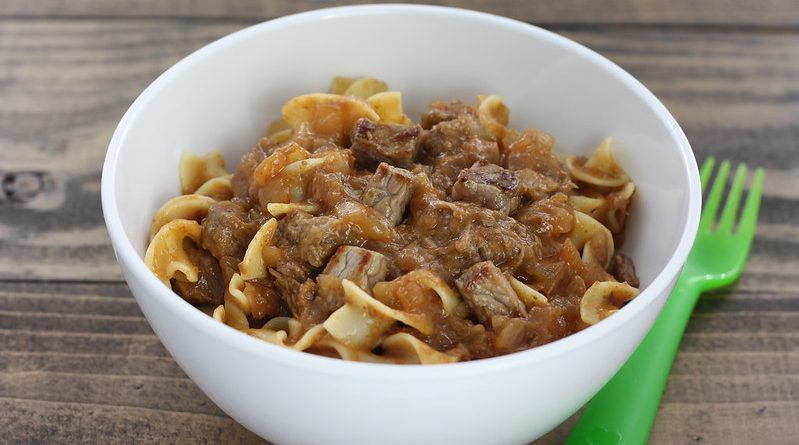Paprika and Goulash: A Hungarian Food Story
Hungary is famous for this spice derived from the Capsicum Pepper, a classic hot red pepper. The Paprikas produced here, especially in Kalocsa on the Danube and Szeged on the Tisza, are the best is the world. In Hungary find it on your restaurant table with the salt and pepper and in many Hungarian dishes, including Gulyas (Hungarian Goulash).
Food Facts
Where: Famed in Kalocsa and Szeged, Hungary, Eastern Europe
Tastes: A hot spice used to heat up a stew or add delicate flavouring
Serving Suggestion: The glory of paprika is enjoyed in the national dish of goulash, a spicy sausage and sauerkraut stew served with dumplings and sour cream
Origins and History
It may come as a surprise that this, the most Hungarian of spices, is relatively new to the Hungarian diet and that it is not a native of the Carpathian Basin at all. It’s thought that the Turks brought Paprika to Hungary in the 17th century who in turn may have discovered the “Heathen Pepper” from the Portuguese traders in Central Asia. The spice originally came from the Americas, where it grows wild, and may have crossed the Atlantic with Columbus.
Legend has it that a young Magyar girl escaping the clutches of a Turkish Harem brought Paprika seeds to Hungary during the occupation by the Turks. Homeopaths praise the humble Paprika for its healing abilities and, like Garlic, Paprika keeps the Vampires away!
Varieties and Usages
Paprika took root in Hungary and much of its popularity and wide usage in Hungarian cuisine derives from its ability to spice up even the blandest of foods – and especially good when used with Pork. Hungarians take their Paprika seriously. It is big business and the Szegedi Paprikafeldolgozo Vallalat (Szegedi Paprika Factory) alone employs over 3000 people in Paprika production. The town of Szeged boasts the world’s only Paprika research facility.
Although there are many types of Paprika it generally comes in two basic varieties: Eros (hot) and Csermege edes (delicate). Further grades include Kulonleges (special Paprika – the best), edesnemes (sweet), and rozsa (rose).
Eros is usually added after cooking and is quite strong, whereas heaps of Csermege are piled into stews and soups, giving Hungarian dishes their distinctive red colouring. The most famous of these meaty stews and soups is the Hungarian national dish Gulyas (Hungarian Goulash).
Recipe for Gulyas (Hungarian Goulash)
To make a pot of this hearty stew you’ll need:
1 kg of sauerkraut (pickled white cabbage), rinsed and drained
15ml of caraway seeds
30g of pork lard
500g of pork shoulder, chopped bite-size
500g of Hungarian sausage cut into chunks
1 onion, chopped
2 cloves of garlic, finely chopped
1 green pepper, chopped
15ml of Hungarian paprika
500ml of sour cream
Method
- Use a covered pot large enough to hold all the ingredients.
- Put the sauerkraut in just enough water to cover it, add the caraway seeds, and simmer with cover on for at least two hours
- In a large, heavy skillet brown the pork in the lard
- Put the pork and the sausage into the pot with the sauerkraut. Sauté the onion in the skillet until transparent; add the garlic and Paprika and sauté for a few more minutes. This is the skill to good Goulash, knowing how long to fry the Paprika – it makes all the difference.
- Add this to the pot. Along with the green pepper.
- Simmer (with the cover on loosely) for a couple of hours, mixing it up occasionally. Remove from heat and let cool for 30 minutes, then stir in the sour cream and serve.
Serving Suggestion
Goulash is great with noodles, dumplings, potatoes, or spaetzle (nokedli in Hungarian). The longer it cooks, the better it tastes; it’s even better reheated. Cook it the day before but don’t add the sour cream until you’ve reheated it.
Destination – Hungary
More Information
Spice Pages: Paprika
Lots of Paprika related information and photos of Paprika plants.
By Dan Porter




